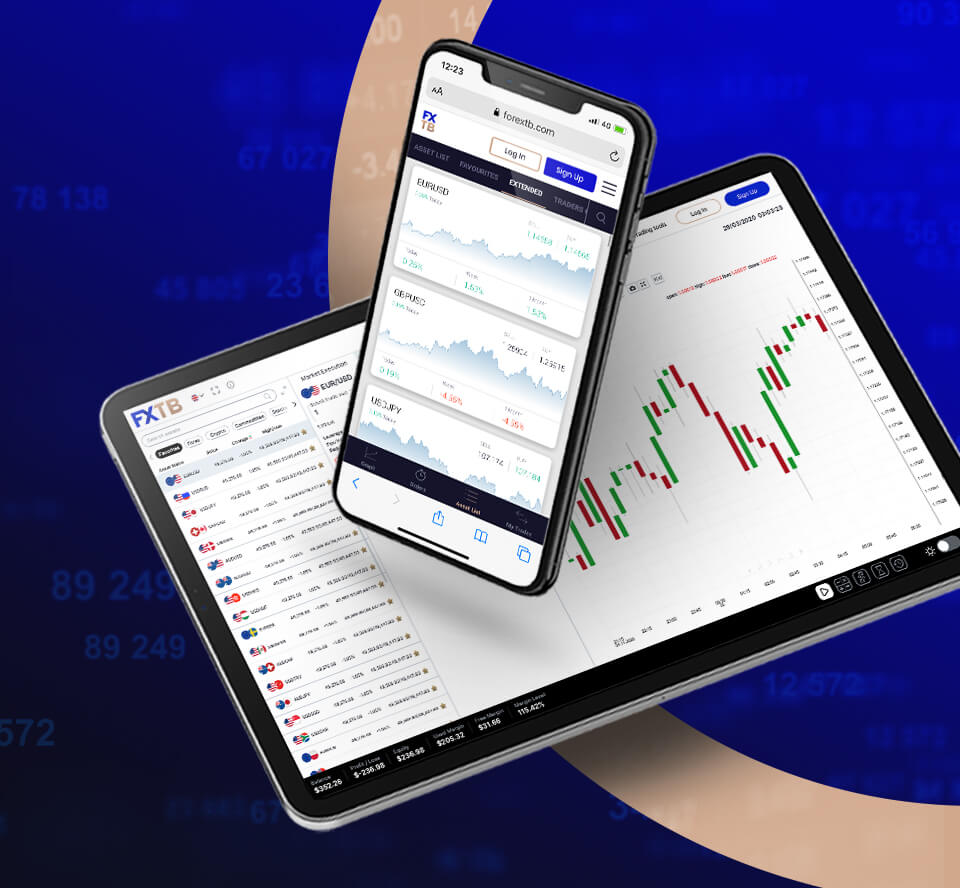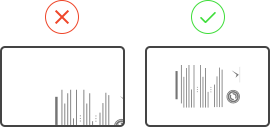Aufladung mit Wire
Wenn Sie Ihre Aufladung durch eine Banküberweisung machen möchten, kontaktieren Sie bitte Ihren Konto-Manager oder besuchen Sie unseren Live-Chat, um die Bankdaten zu erhalten.
Beachten Sie bitte, dass es ein Minimum über 500 € für Banküberweisungen gibt.
Bitte hier klicken um die Details von ForexTB für eine elektronische Geldüberweisung runterzuladen.














